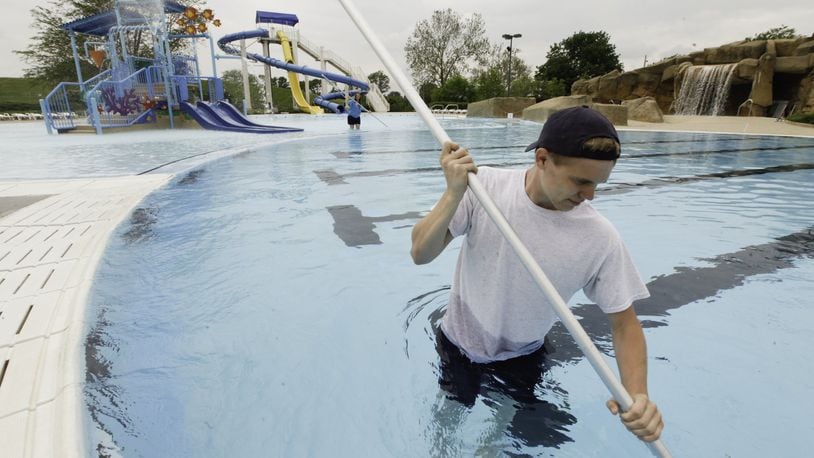She also said the area experienced an increase in E. coli cases last year.
“(E. coli cases are) not a huge problem yet, but the CDC stated it is increasing year by year,” Koss said. “We could see it (this summer), we’ve just been lucky and haven’t.”
The Centers for Disease Control and Prevention released a study last week indicating that Escherichia coli was found in 58 percent of samples tested in pools, signifying the presence of feces in more than half of the public swimming pools in the U.S.
The study indicates swimmers introduced fecal matter into swimming pools, which can cause the transmission of dangerous bacterial pathogens such as E.coli, Cryptosporidium and Shigella, said Koss.
“We know that either swimmers are not showering so they have feces on their bodies, or people are having accidents in the water,” said Michele Hlavsa, chief of CDC’s Healthy Swimming Program.
Local officials and pool workers say they work hard to prevent illnesses from spreading.
“When the weather gets warmer and lifeguards see there’s been 150 swimmers in one day, they make adjustments and make sure chlorine levels are at the correct place,” said John Parker, recreation coordinator for City of Dayton Recreation and Youth Services.
Monitoring the water
Chris Meleason, head coach of the Idle Hour Swim Club team in Beavercreek, said he’s maintained the swimming pool for 14 years and has never had a problem with children getting sick.
“The pumps that control the chemical levels are controlled by the manager,” he said. “If we see anything wrong, they add the appropriate amount of chlorine and shock the pool.”
Dayton health officials saw a decrease in Cryptosporidium cases transmitted through water, with eight cases in the summer of 2011 and four cases in 2012. Crypto causes diarrhea, and is the most frequent cause of waterborne illnesses, Koss said. Seventy-five percent of recreational water-illness pool closures in the U.S. are related to Crypto.
Crypto poses a difficult challenge for pool staffs and swimmers because it is a chlorine-resistant parasite, Hlavsa said. Because Crypto can be present in a well-maintained pool for 10 days after the initial transmission, health departments recommend facilities close affected pools to the public and increase the chlorine concentration until the pathogen is no longer present.
When people enter a pool before showering with soap, they could be spreading dangerous bacteria, Koss said.
“In a large waterpark with a thousand children, a total of 22 pounds of human feces could be present in the water in one day,” she said.
Meleason said pools in the Dayton area take pride in maintaining their pools.
“We like to have high standards and safety is our number one priority,” Meleason said. “Most pools in the area we swim against, I haven’t seen any big problems with water quality or pool maintenance.”
Thousands of inspections
Pool staffs prepared facilities before opening this weekend, and pools must be inspected by local health departments before they are opened to the public.
In the summer of 2011, Public Health —Dayton & Montgomery County completed 3,935 inspections on 367 pools. In 2012, the amount of inspections increased to 4,285 inspections on 365 pools, said Jennifer Wentzel, sanitarian supervisor.
While pool operators need to remain vigilant, Hlavsa encourages swimmers to be aware of water quality and test it themselves. Chlorine levels should be from 1.0 to 3.0, and pH levels should be between 7.2 and 7.8, she said.
Koss encourages swimmers who hear of an outbreak of recreational water illness to stay away from the pool for a couple of weeks, depending on what pathogen was in the pool.
Hlavsa said a larger percentage of cases reported by a health department could indicate an increase in bacteria at local pools, or it could mean that inspectors are simply doing a better job than a health department that may not be catching health problems at some facilities.
“Swimmers have the power to control what water they swim in. Oftentimes, they’re introducing these pathogens into the water,” Hlavsa said. “It’s getting swimmers to take the right steps to protect family and friends when swimming in pools.”
About the Author
